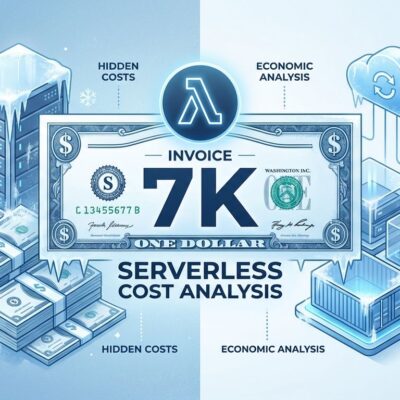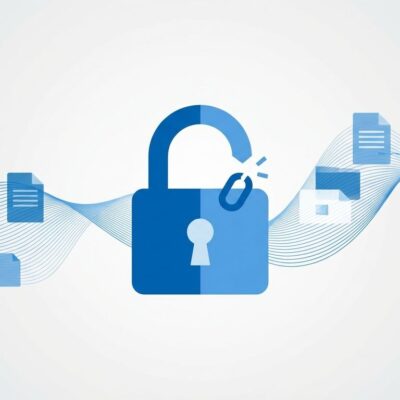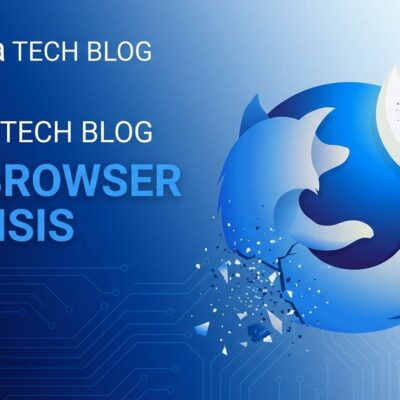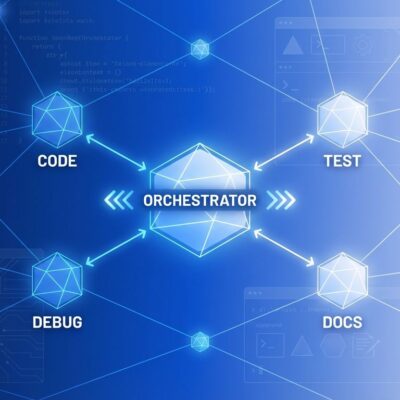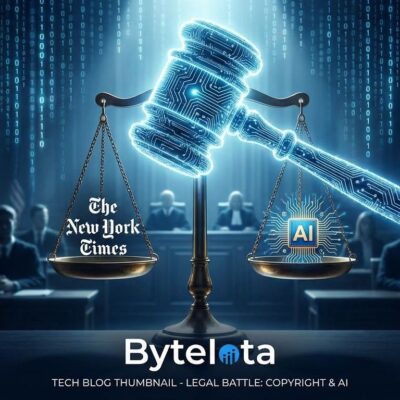
Canon has confirmed a breach via Oracle E-Business Suite zero-day CVE-2025-61882, joining over 100 major organizations hit by the Cl0p ransomware gang’s latest campaign. The victim list reads like a Fortune 500 directory: Michelin, Mazda, Broadcom, Abbott Laboratories, Estée Lauder, and ironically, Oracle itself. The vulnerability scores a perfect storm of terrible – CVSS 9.8 severity allowing remote code execution without authentication. No login required. No user interaction needed. Just remote control of your ERP system.
The Technical Reality: SSRF Chains to Full System Compromise
CVE-2025-61882 weaponizes Oracle EBS’s BI Publisher Integration through a compact but devastating SSRF-to-XSLT processing chain. An attacker sends an unauthenticated HTTP POST to OA_HTML/configurator/UiServlet, triggers server-side request forgery to load a malicious template, and achieves full system-level code execution. The vulnerability affects Oracle EBS versions 12.2.3 through 12.2.14 – widely deployed across enterprise environments.
Here’s what makes this particularly nasty: the BI Publisher component already has data access by design. It handles reporting and data extraction. So when attackers drop web shells and gain persistence, they’re not just in your network – they’re in the system that already sees your financial data, HR information, and customer records.
Three Months of Silent Data Theft
Cl0p (aka Graceful Spider) exploited this zero-day from August through October 2025 – three months of silent data exfiltration before Oracle patched. No encryption. No ransom notes. No operational disruption. Just quiet data theft. Then in late September, executives started receiving emails: “We have your data. Here’s proof. Pay up.” Some demands reached $50 million.
The timeline is damning. First exploitation on August 9, 2025. Oracle’s emergency patch on October 4. CISA added it to the Known Exploited Vulnerabilities catalog on October 6, giving federal agencies until October 27 to patch. Canon’s confirmation came November 25-26 – nearly four months after initial compromise. By the time victims knew, 77 datasets were already on torrent sites.
Harvard University alone lost 1.3TB of data: financial records, HR information, customer data, supplier details, inventory systems. Multiply that across 103 organizations, and you’re looking at one of the largest coordinated enterprise data thefts in recent history.
Cl0p Perfected the Formula
This marks Cl0p’s third major zero-day campaign. In 2023, their MOVEit Transfer exploit compromised 2,773 organizations. In 2024, Cleo software fell to 300+ breaches. Now Oracle EBS adds another 103+ to the list. The pattern is clear: find enterprise software with mass deployment, exploit one zero-day, compromise hundreds of organizations.
But the tactics evolved. Traditional ransomware screams – encryption locks systems, IT detects instantly, operations halt. Cl0p’s 2025 approach whispers. Silent data theft over months. No operational disruption to trigger alerts. Extortion emails sent from hundreds of compromised third-party accounts. Emails include real file listings as proof of breach. Then the public shaming: leak sites, torrent distribution, reputational damage.
Why lock systems when you can threaten reputation? Data theft enables multiple revenue streams: extortion payments, data sales, and supply chain leverage. Harvard’s breach exposed supplier and customer data – the ripple effects cascade beyond the immediate victim.
ERP Systems Exist in a Security Blindspot
Here’s what 100+ simultaneous compromises tell us: this isn’t about individual security failures. It’s architectural. Industry data shows 64% of organizations using ERP platforms have been hit by cyberattacks. We keep acting surprised, but ERP systems exist in a security blindspot.
Traditional SIEM tools don’t monitor application-layer attacks in ERP systems. WAFs don’t have rules for unknown zero-days. And “business-critical” has become organizational code for “patch it eventually, maybe.” The n-1 patching approach – applying the previous quarter’s security patch – is common because teams fear breaking business operations. Result: three-month exposure windows are normal.
But here’s the problem with that logic: you can’t be “too critical to secure properly.” If you can’t patch your ERP system within 48 hours of a CVSS 9.8 RCE disclosure, your architecture is wrong. Period. That’s not a security opinion – it’s a risk management failure.
The question organizations should be asking: why is Oracle EBS internet-facing in 2025? Business requirement for vendor and partner portal access, sure. But does that require direct ERP exposure, or could you use API gateways with identity federation instead? Because Cl0p didn’t hack 100+ companies. They hacked one vendor, 100+ times.
What Developers Need to Do Now
If you’re running Oracle EBS versions 12.2.3 through 12.2.14, patch immediately using Oracle’s October 4, 2025 security alert. Check your logs back to July 2025 for compromise indicators: unusual POST requests to OA_HTML/configurator/UiServlet, unexpected SSRF activity, external template loading, web shell artifacts.
If you can’t patch immediately, isolate your EBS instance from the internet. Implement network segmentation. Deploy WAF rules to block known malicious payloads. Enable enhanced monitoring. But understand these are temporary mitigations – the vulnerability requires patching.
Longer term, this is an architecture conversation. Review whether your ERP really needs internet exposure. Explore zero-trust architectures for ERP access. Consider specialized ERP security monitoring tools that see application-layer attacks. The technical details in the NVD listing make clear this isn’t a vulnerability you can ignore.
The broader lesson: ERP security isn’t a niche concern anymore. These systems hold your most valuable business data. They’re critical infrastructure. And with Cl0p’s track record – 2,773 victims, then 300+, now 103+ – the enterprise software zero-day trend isn’t slowing down. It’s accelerating.

